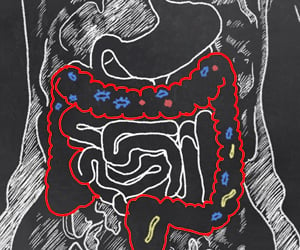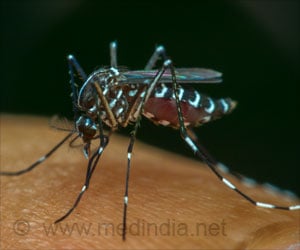Researchers at the George Institute for International Health and The University of Queensland said that heart disease is the number one killer in rural India.
Researchers at the George Institute for International Health and The University of Queensland said that heart disease is the number one killer in rural India. They arrived at this finding based on a large survey in Andhra Pradesh. The findings of the survey are published in the International Journal of Epidemiology this week. The report said India needs new health services to address chronic diseases.
In line with India's rapid economic and societal changes, there has been a shift in focus from infectious disease. Diseases of the cardiovascular system, such as heart attacks and stroke, caused 32% of deaths in this region. Death from injury (self-inflicted injury, falls, etc) was the second most common cause (13%). Infectious diseases, such as tuberculosis, intestinal infections and HIV/AIDs caused only about 12% of deaths just ahead of cancer that caused 7% of deaths.Dr Rohina Joshi of The George Institute said this research shows a new pattern of mortality and highlights areas that require urgent attention. "This 'causes of death' data is a key indicator of the health problems now facing rural India.
While health systems have been designed mostly to cope with infectious diseases, we now need services that can deliver care and prevention for chronic diseases," said Dr Joshi.
Professor Alan Lopez of The University of Queensland, who has led similar studies in Asia and Africa, said that the findings were an urgent call for action to control chronic diseases in developing countries. "Far too little attention has been devoted to preventing adult death in poor countries, in part because we have not fully appreciated how common these diseases already are in these countries," he said.
This new research complements other recent research by The George Institute, which highlights the growth of smoking, high blood pressure, diabetes and other causes of chronic disease in this area of rural India.
"Risk factors for cardiovascular diseases such as heart attack and stroke are common in this community. We have previously shown that over one fifth of adults have high blood pressure, one quarter are smokers and abut the same proportion are overweight. We also know that the management of these risks remains poor," Dr Joshi added.
Advertisement
The study involved 45 villages in East and West Godavari Districts of Andhra Pradesh, with a population of more than 180,000. Whilst the villages enrolled in this study are more developed than many rural regions in India, the results are seen to be indicative of the new health issues that much of rural India will face in the coming decade.
Advertisement
Source-Eurekalert
RAS






